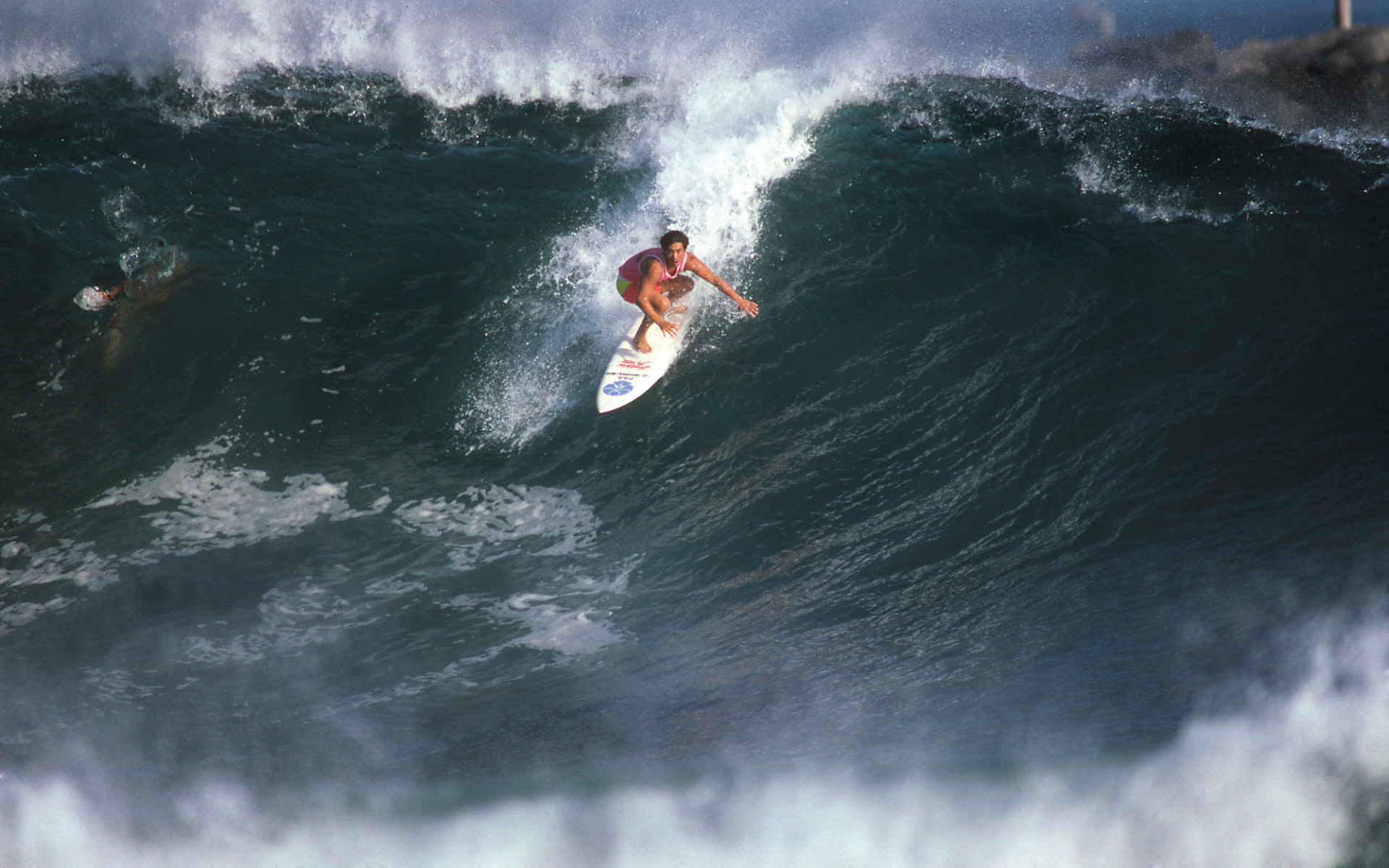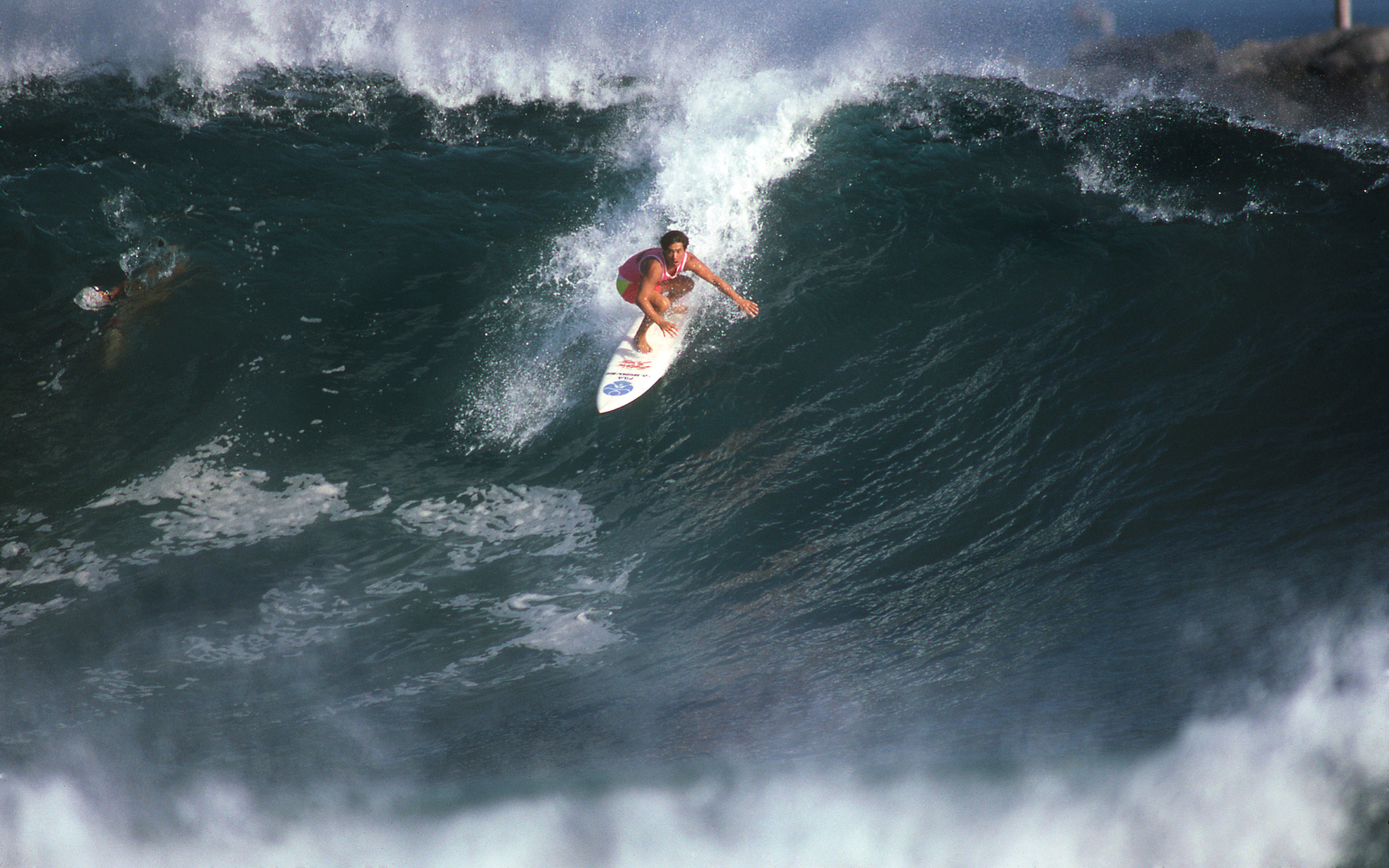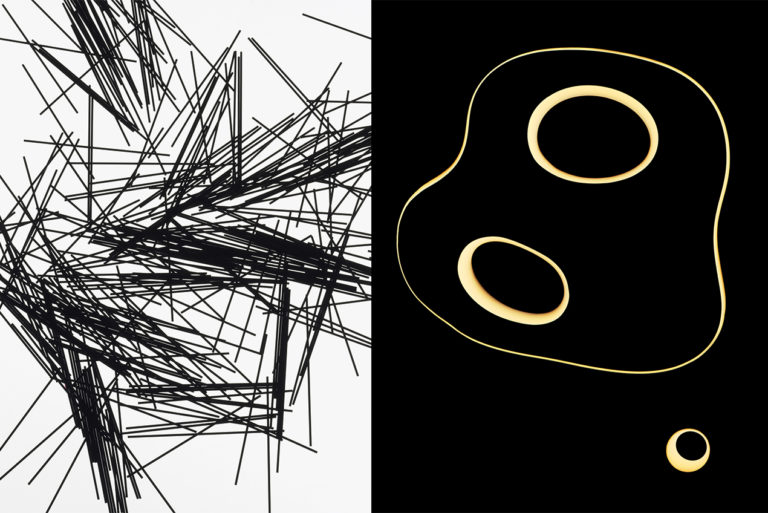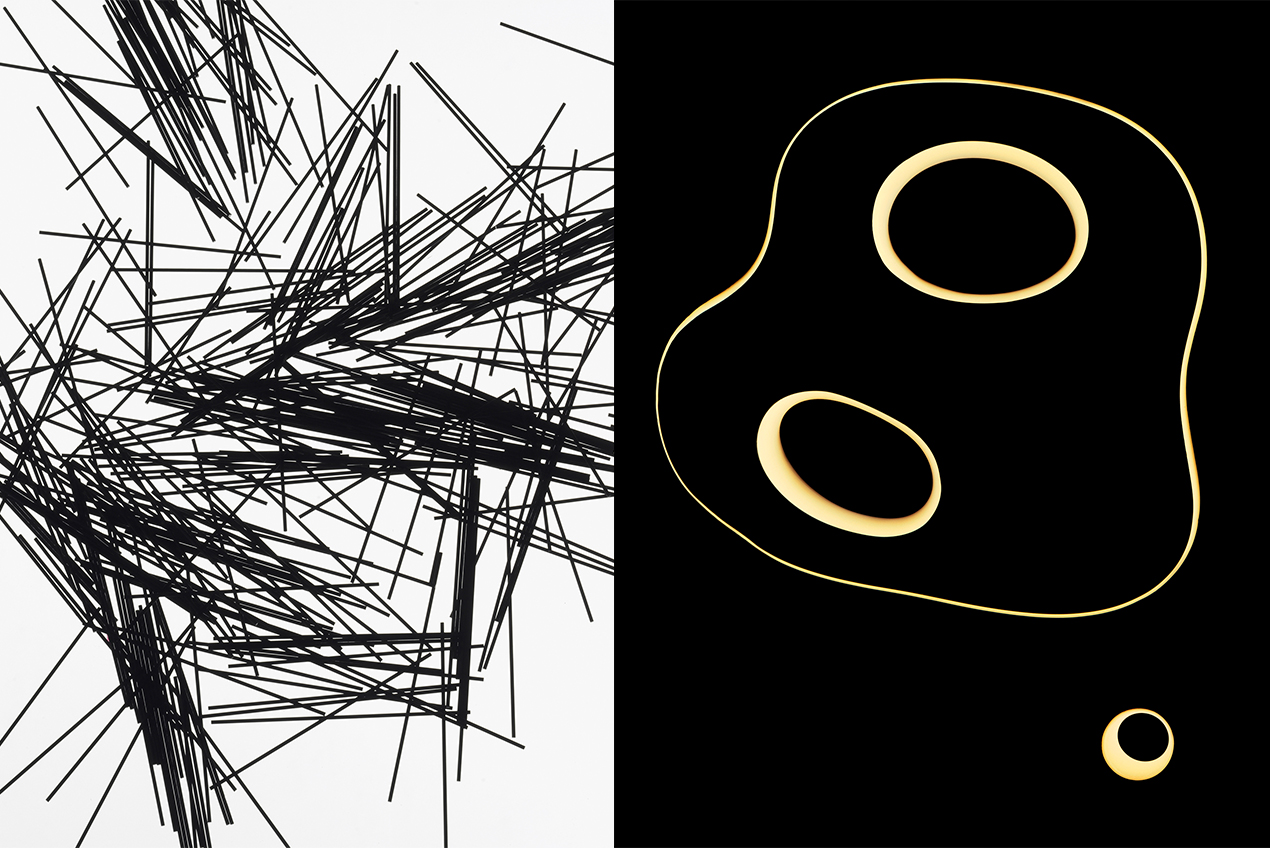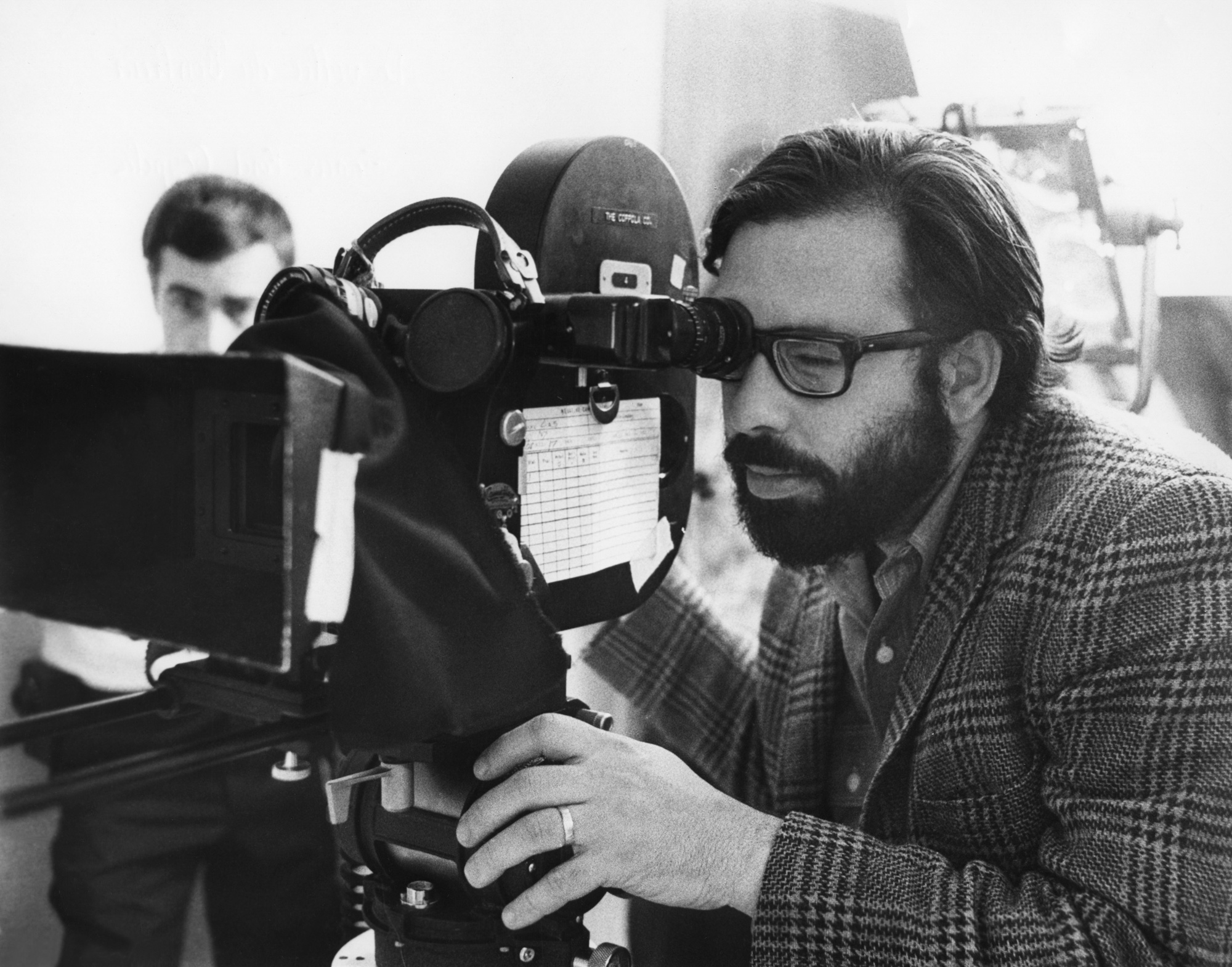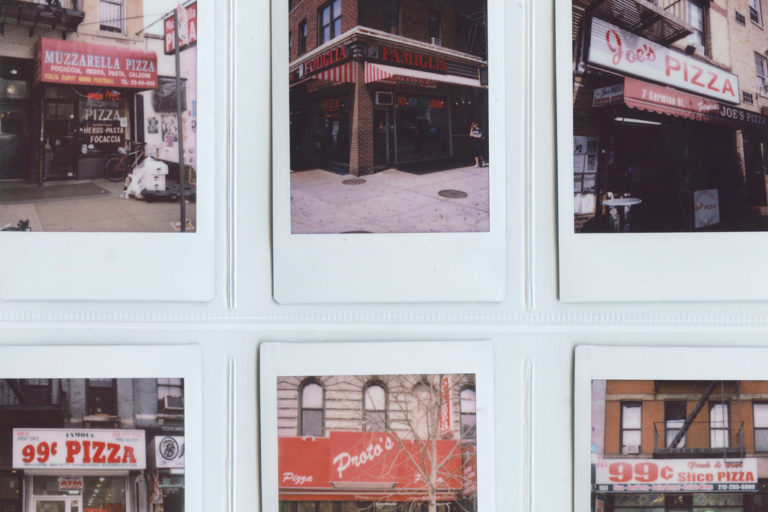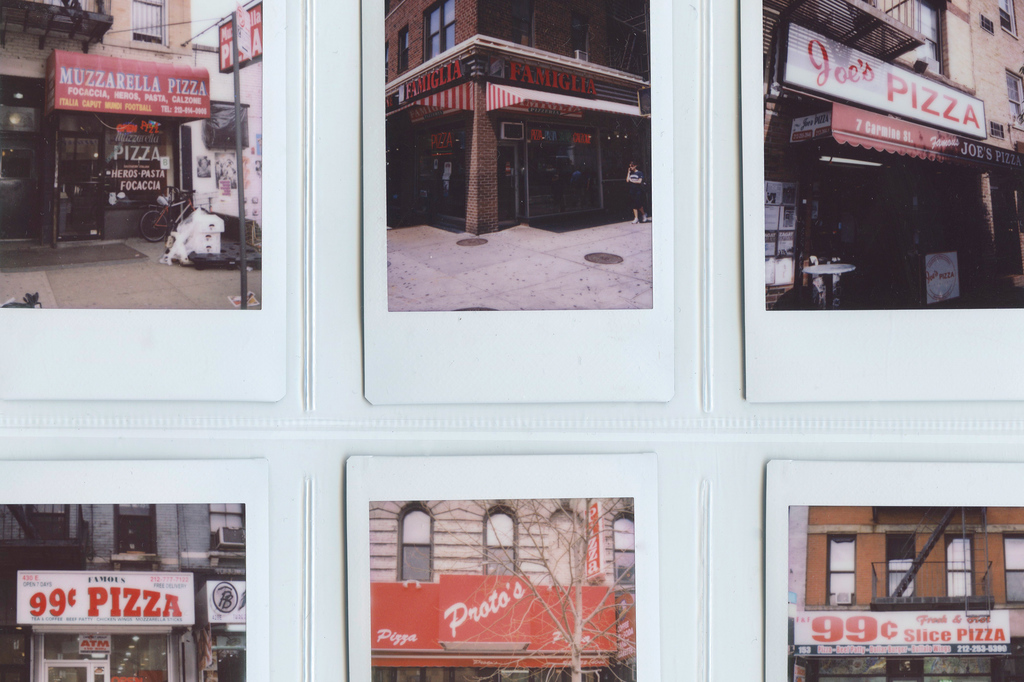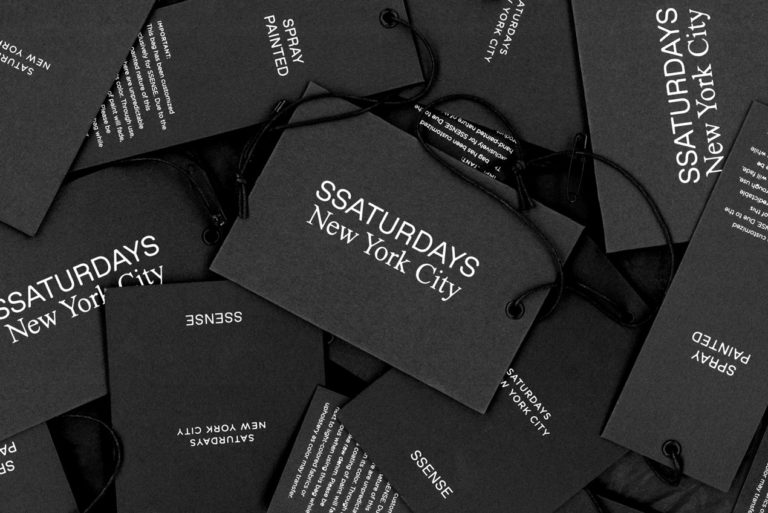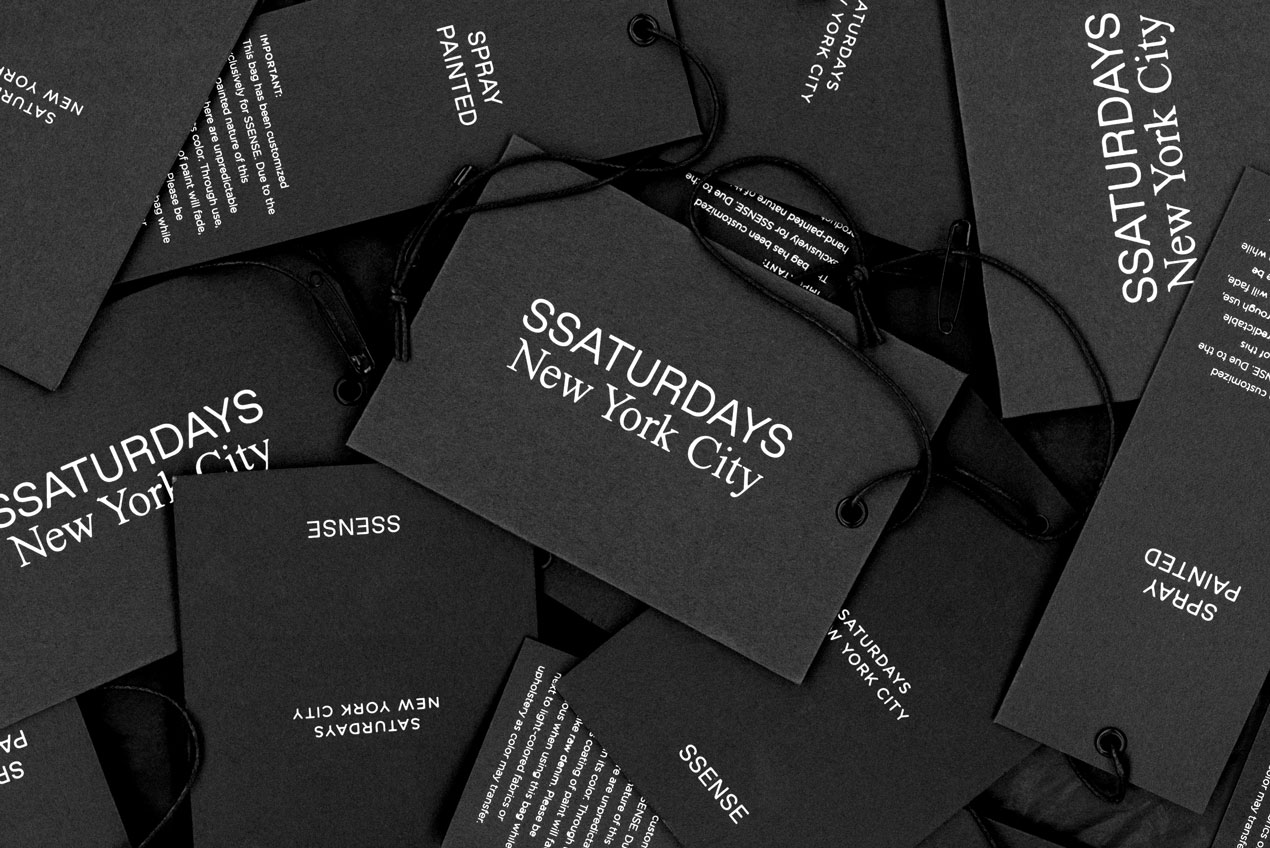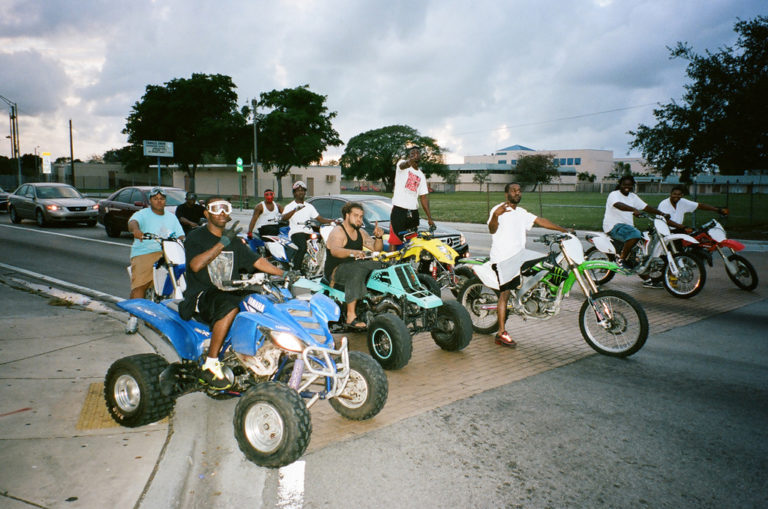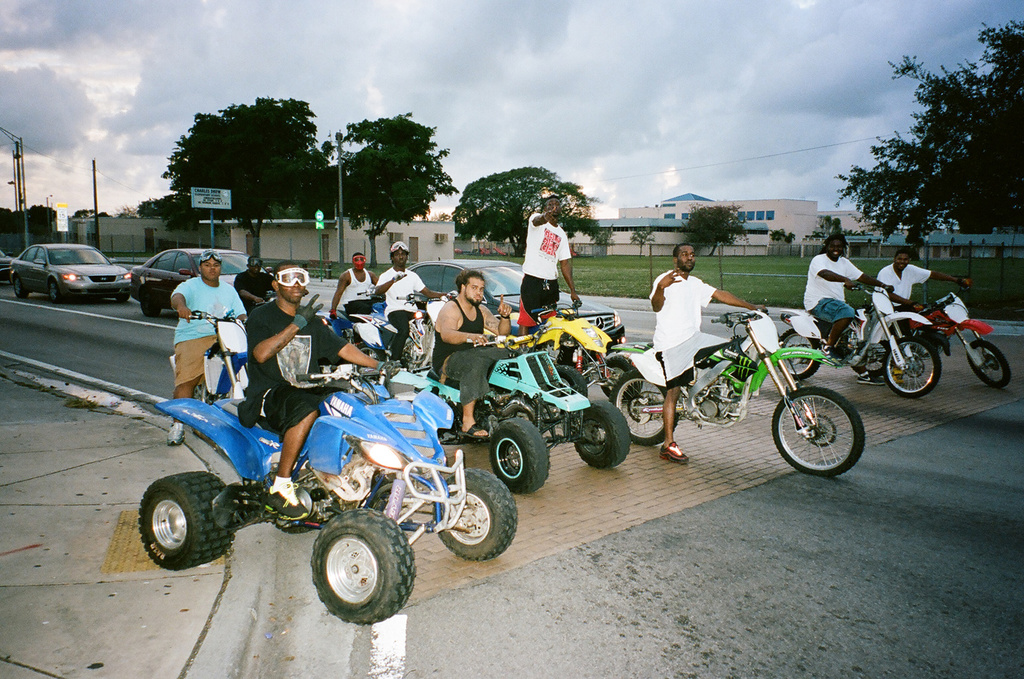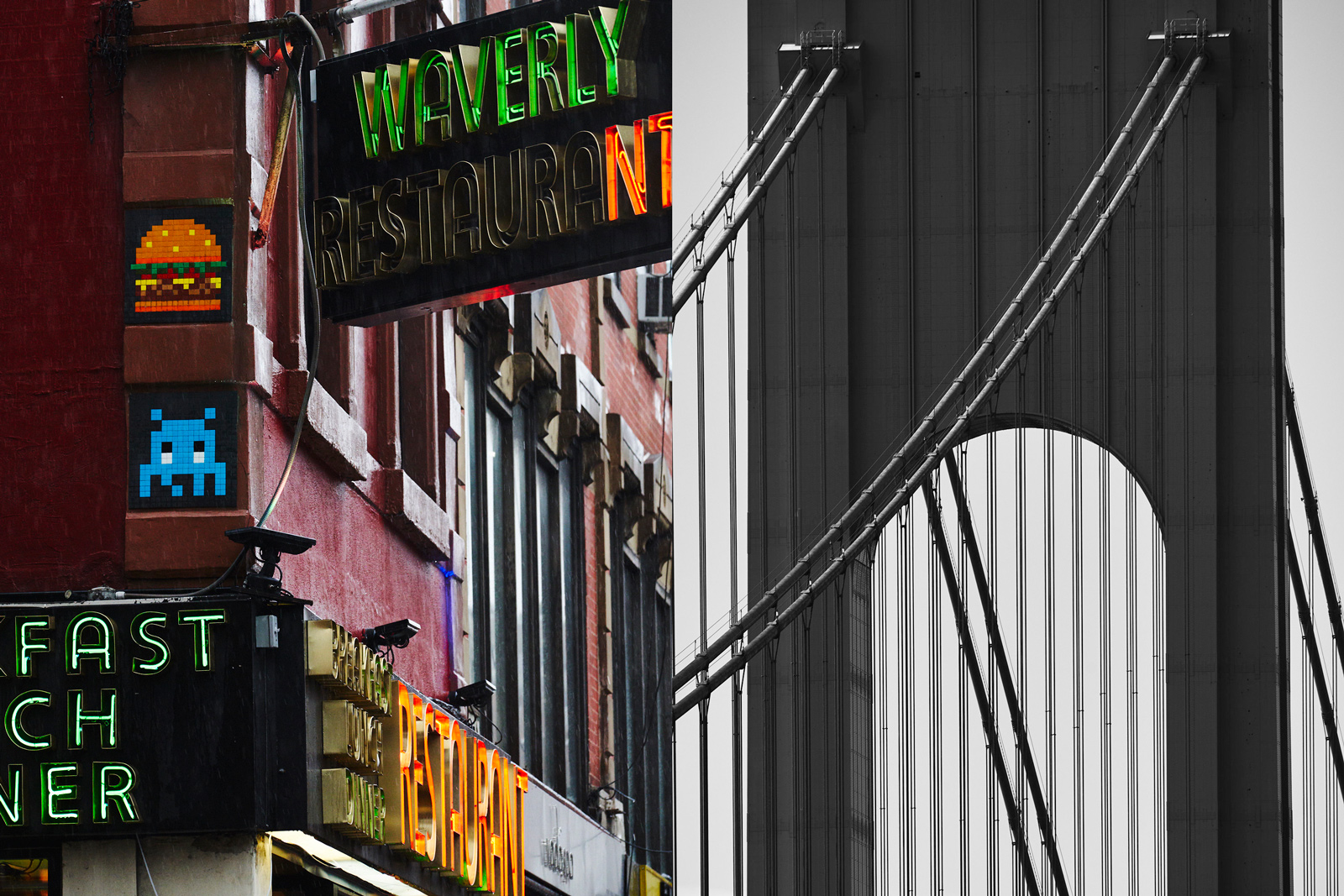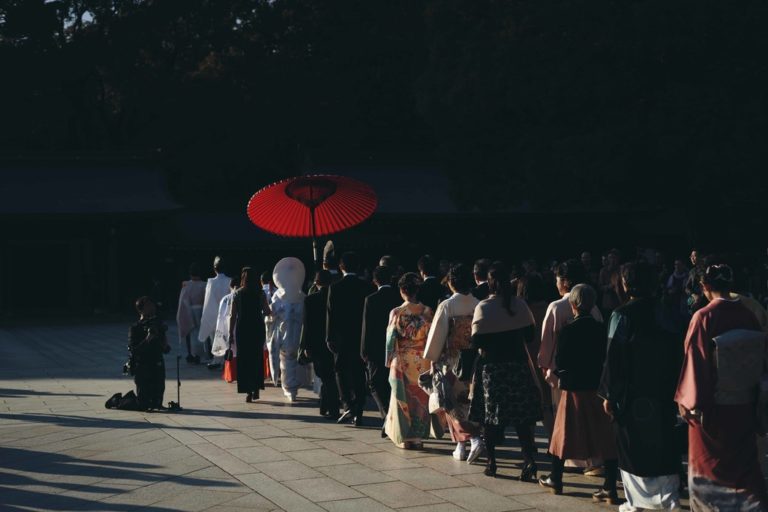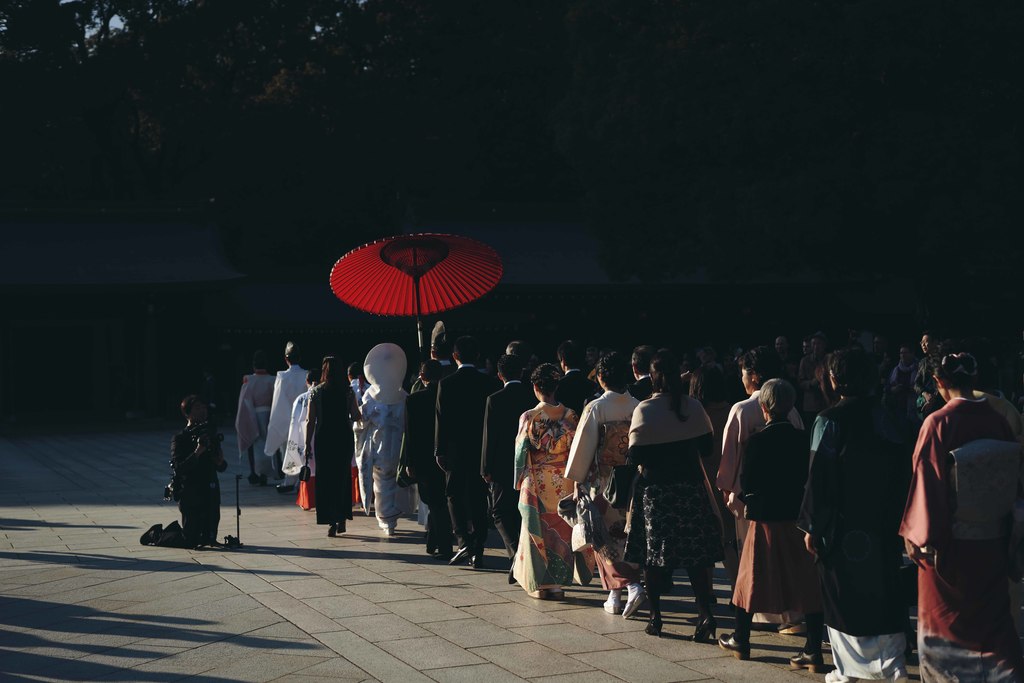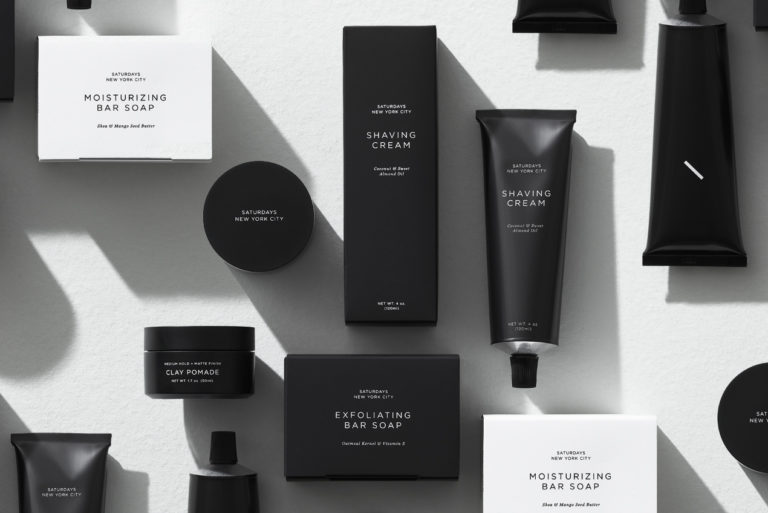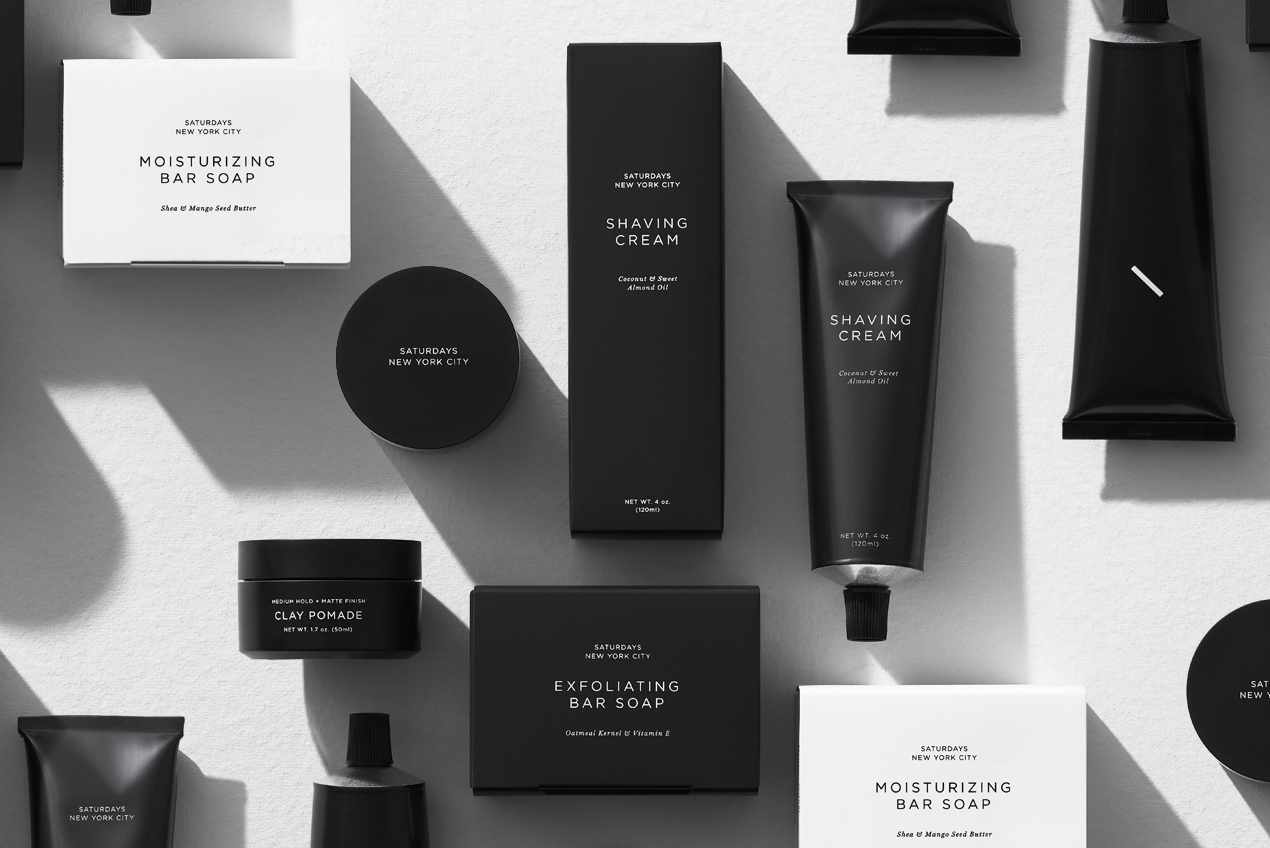morgan collett: You were born and raised in Oahu. How long were you there before you came to Newport?
danny kwock: I lived in Oahu until about seventh grade. Then I moved to Cali and ended up in the San Fernando Valley, of all places.
mc: This is the early ’70s?
dk: It was about ‘73 or ‘74. My family ended up in the Valley, where we stayed with my aunt. The smog was so gnarly. We couldn’t handle it, so we got out of there. We just kept driving to where there was no fog—south and towards the ocean. We ended up at Newport Beach, at the Wedge. We couldn’t drive anymore. We found some cheesy little rental, an old beach shack, and moved in.
mc: Is that how you started surfing the Wedge?
dk: Yep. I’d walk right out into the alley in back of our house. I could hear the super loud pounding of the waves in the summer time. I’d walk out there and see the huge waves as a little grom. It wasn’t really the best surf spot, but it was so close. I didn’t know where the best place to surf in West Newport was. All I knew was there was the ocean. If there are waves, then you go ride them.
mc: So Newport is where your surf career started?
dk: I learned to surf in Hawaii. I got all stoked to surf there because I saw this movie, Five Summer Stories. Gerry Lopez was the star. Watching him surf inspired me to seriously start surfing. With his style and grace—he’s just freaking amazing. It’s inspiring being friends with him now and respecting how he lives and balances his life. And it was inspiring as a little grom watching him at Pipe just getting spit out of barrels as an older man, as a parent, asva man fifteen years my senior. I’ve learned so much from him. He’s still got that curiosity and sense of adventure, humbleness, and Zen. I started surfing Waikiki down by Sandy Beach and Portlock. And then boom, off to the main land.
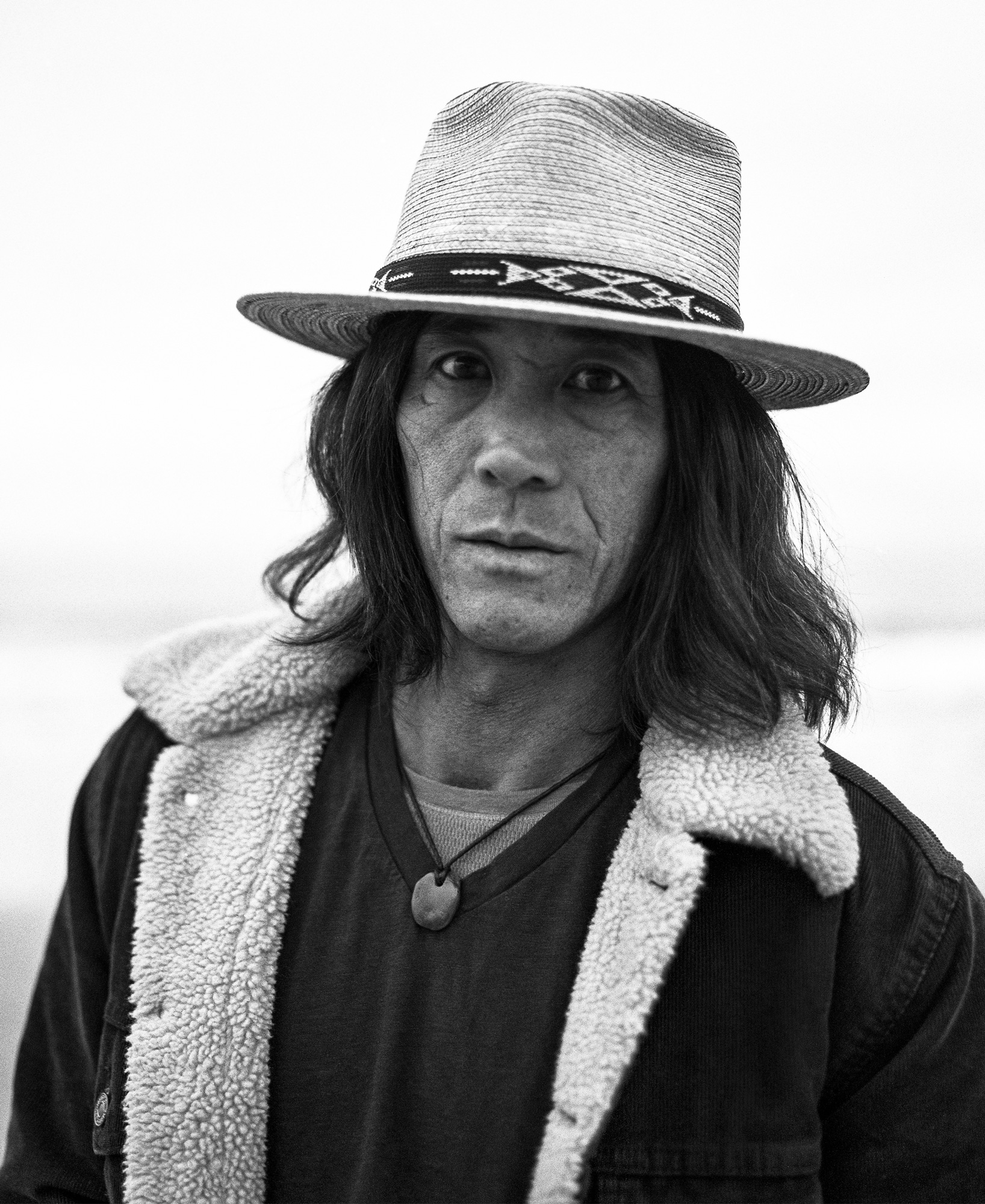
Portrait by Neil Harrison
mc: What was it like back then?
dk: It was crazy. I was doing a lot of hanging out at the Wedge before I realized I wanted to do more than just ride big waves and get slammed. I had stitches in my face almost every month. I finally ventured up to West Newport on my bike and saw the waves at Blackies and at 36, 56, River Jetties. So I started surfing up there more. Back then there was a lot of localism—similar to what’s sometimes happening in Montauk. Localism in California meant guys with clear boards, guns and black wetsuits, shooting people. They were the short board revolutionary crew of the late ’60s and early ’70s. They were just like, “We surf and this is our spot. Don’t come here.” From one street to the next it was super territorial. The spirit wasn’t as open unless you were in their clique. I get where the guys were coming from. Surfing had had its boom in the ’50s with Gidget. Localism was a response to that. Luckily, being from Hawaii, I fit in. I wasn’t your typical blond-haired, blue-eyed surfer. I looked like Mowgli from The Jungle Book with my tan and long hair. Newport was a very white, rich town. I was a poor, Hawaiian, Chinese, Japanese, Dutch, mixed kid. I think that got me in the door with a lot of the locals. They’d see me in my little hand-made flowered shorts skating and surfing the local breaks and I was still very little for my age.
mc: When did you start to compete?
dk: I remember joining the WSA in Huntington shortly after that. I went to my first meet thinking I’d get last in everything. I won all of my divisions and I won the Super Heat, which was a competition between all the winners from the groms, the masters, the pros, the whatever. So, I figured maybe I could do this whole surfing contest thing.
mc: So, you were around when the NSSA first started?
dk: Yes. Bud Llamas, Joey Buran, all these California guys and myself led the ratings in our respective areas. I was up on the WSA points thing too in the boys’ division. The NSSA was the National Scholastic Surfing Association. I remember the day when they were picking the first National Team. They saw that I had the points, so they called me, and asked me to join the team. They said: “You’ve got all the points. You’re up there in the ratings, but we want to see your report card.” I was like, “Dude—that’s a problem!” On my report card I think I had ceramics, surfing and PE. My family had broken apart. I was pretty much a high school drop out. When they told me I had to show them the grades, I asked myself if I should go back to school, or just ditch it all, get a job and surf. Life is good. Be in the moment. I decided to bail on the contest. I went with Plan B, man. That’s when I got caught stealing my Quiksilver shorts.
mc: Let’s hear about that. So that’s when [Robert] McKnight started Quiksilver in Newport?
dk: It was right around then, in ‘76.
mc: What were the brands that you had before that?
dk: We had all the old classics like Op, Hang Ten, Sundek and Birdwell. Then Quickie came over from Australia and it was the hottest thing to wear. It was the ’70s, man, and all the coolest pros from Hawaii were rocking it on the covers. Quiksilver was like Air Jordans. But they were too expensive for me at the time. Op’s were only $3. I was already working some major hours dishwashing, as a janitor and fixing dings at the surf shop. So my friend Preston Murray—we were like little partners in crime—says he knows where the Op warehouse is just up in Costa Mesa. He’s like: “We can steal my mother’s car! She’s teaching tennis. I have my permit.” We didn’t even have our licenses. I drove his mom’s car up there with the 8-track tape player and Preston goes in. He’s supposed to grab us each a pair of shorts, but he comes out with this giant stack. I’m freaking out, yelling: “What the fuck! If you take those bags, dude, we’re going to jail!” Stealing a pair of shorts is like stealing a candy bar. This was different. I told him not to get greedy. He told me to shut up and drive, and we peeled out. We busted shortly thereafter, and the next thing I know, I’m getting a call from McKnight and Jeff Hakman. They said that someone narced on us. They knew we stole the shorts. Get our asses up there or we were going to jail. And that was my introduction to the industry.
Then Andy Warhol saw us from across the party and yelled, ‘Let the surfer boys in!’
mc: Where did you go from there?
dk: Well, Quiksilver had been looking to sponsor hot, local kids. They wanted to do a grassroots-marketing thing. At Newport High School, we had one of the best surf teams in the state. They called the coach and he mentioned Danny Kwock. They were like, “The thief? That kid?” When they called me back, I was freaking out. But they wanted to sponsor me. I couldn’t believe it. What a difference a day makes. So they sponsored me and got me on McCoy boards and in Rip Curl wetsuits. The whole industry was starting at that time in California. The next thing I knew, I was booming.
mc: Were there some pivotal moments in your early career? I remember when I first met you you’d tell me stories about surfing Pipe. All of your stories were so explicit with people’s leashes breaking and stuff like that.
dk: Oh yeah, I remember going to Pipeline surfing my fake Lightning Bolt. Anyone rad had to be riding one—Lopez, Rory Russell, Jeff Crawford, all the boys that were ripping over there. So I had Lance Collins make me a fake Lightning Bolt. If you had a Bolt then you must be someone good so they’d let you in the lineup. This one time at the Pipe I had one of my hideous wipeouts in the water with this guy from Florida, Jeff Crawford. He was a legend and I was just a grom. I was taking off on this wave and he was inside of me. You have to commit from so far out. He had these big guns and I was paddling my ass off. We looked each other in the face. He was like, “I got it!” So I went to pull back but we were both still digging and I saw he couldn’t catch it so he went, “Go, go, go!” I was like, “What? Okay!” And I just got freakin’ pitched. Next thing I knew I was like one of those Japanese characters going full kamikaze and eating it. I was that guy. Falling down the face. Boards breaking. Leashes snapping. I got so pummeled. Hit the reef. I cut my arm. It was like, “Welcome to Hawaii!”
mc: Let’s get to your career, post-surfing. How did that evolve? How did you start working for Quik?
dk: My boss and roommate at the time, Jeff Hakman, his shaper was Tom Parrish, who’s a legendary shaper for Lightning Bolt. I was so in awe of all of those guys growing up. This was right around the time at Echo Beach when I was wearing all of those polka dots and stoked on creativity and being different, having fun. I was a good surfer,but I wasn’t at the level where I’d be a world champ. Besides Mark Richards and Shaun Tomson, no one was making big money on pro surfing. All I wanted to do was make enough money to pay the rent, buy food, and go surf. The guys told me I should learn how to work and be a part of this company.
mc: This was a pretty influential team at Quik, right?
dk: The industry was taking off. When I was the little grom in the ’50s and ’60s, deciding between working behind the counter and selling boards in a little shop or working for a huge clothing company that makes surfing stuff—well, the latter sounds pretty good. Although I wanted to get better and pursue my surfing career, I started to get a taste for business. I wanted to be creative and learn about the biz like they wanted me to.
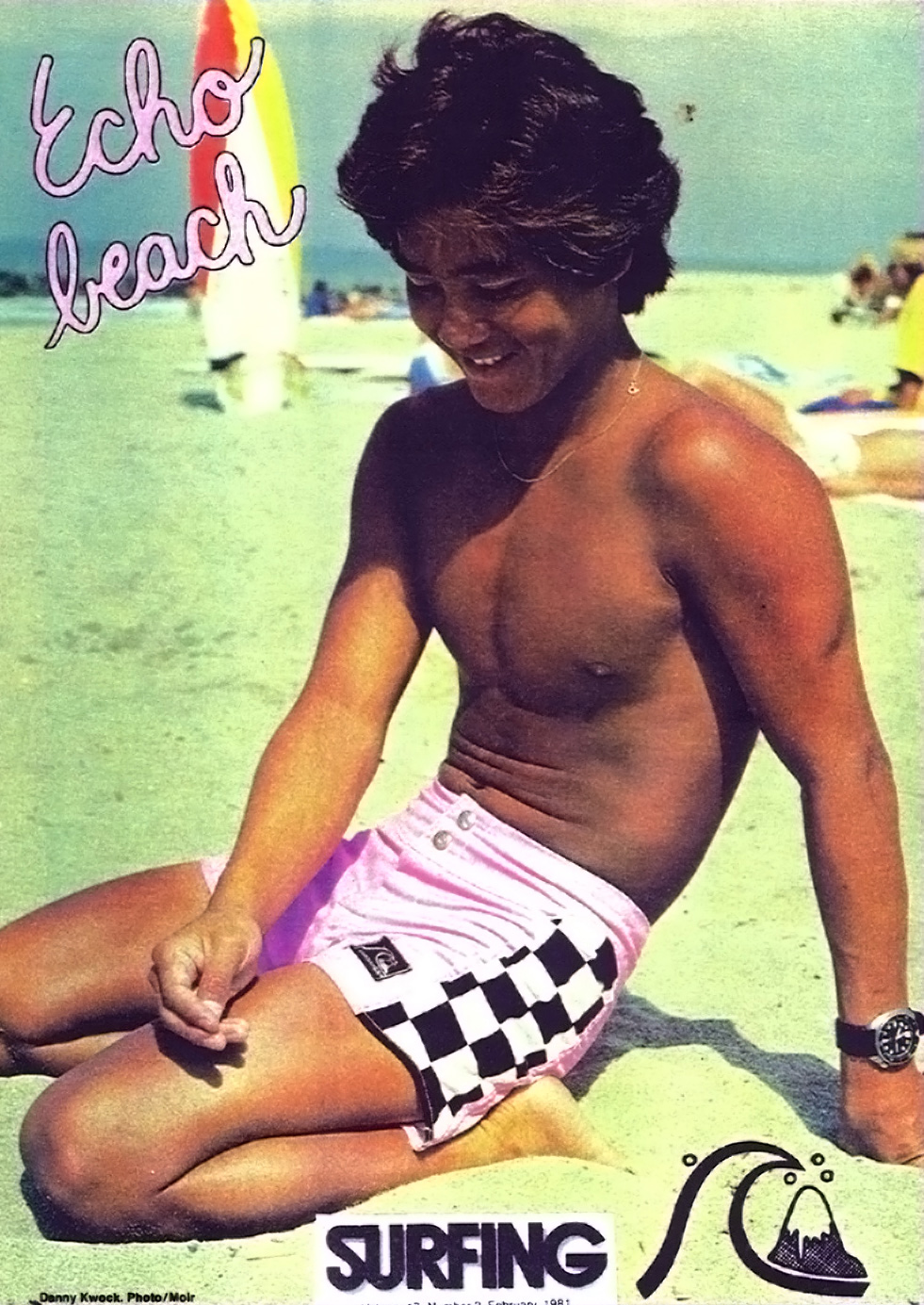
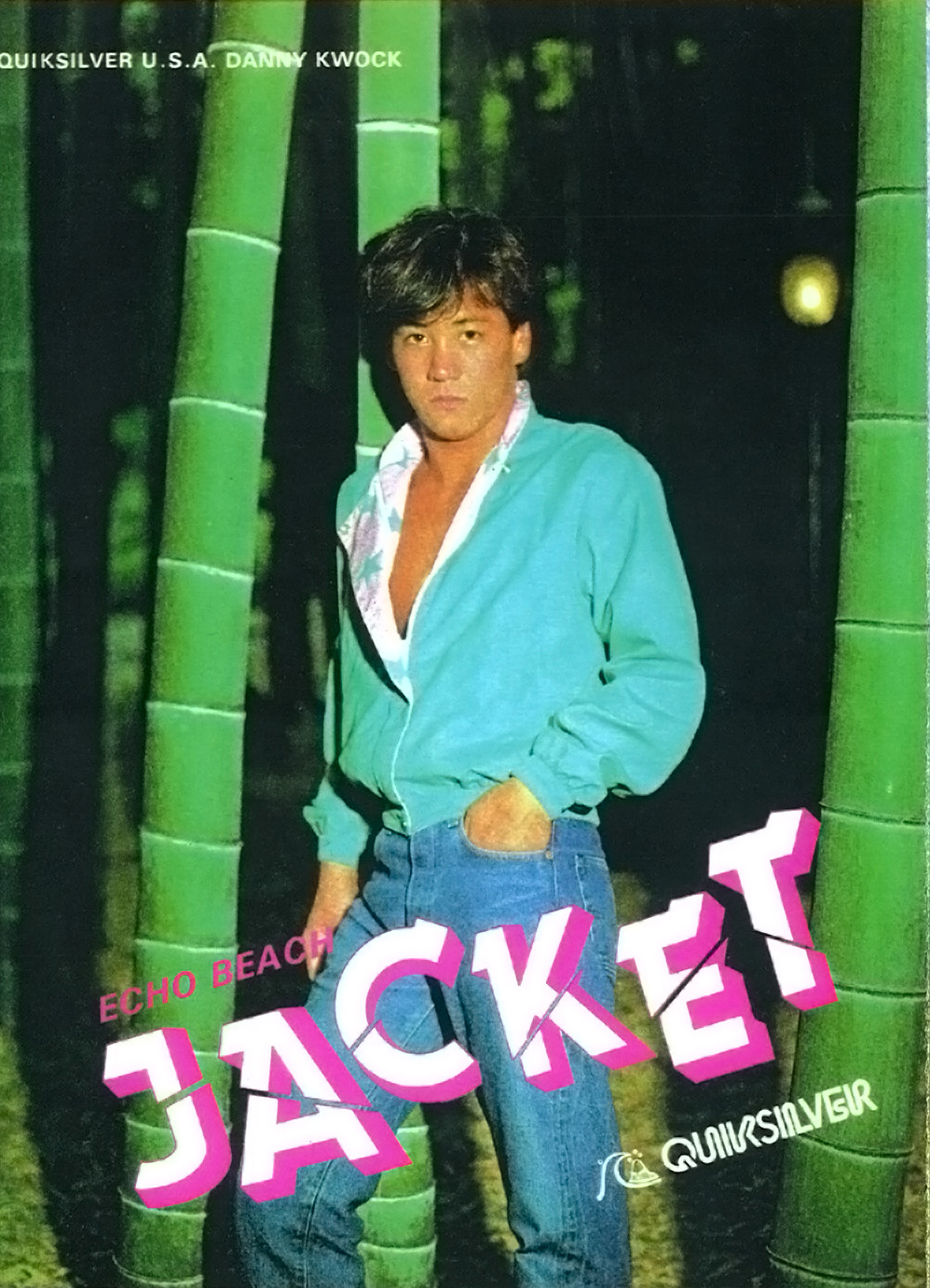
mc: You were there when the surf industry took a new turn.
dk: It was cool to see everything take off. All the big companies were starting then: Gotcha, Oakley, Arnette, Stussy. It was all right there and everyone was bros. Billabong was there, which then became Hurley. And then Rip Curl. Then, companies like O’Neill began putting offices in Costa Mesa or Newport because you had to be there. That’s where the hub was.
mc: Didn’t you hang with Pearl Jam back then?
dk: Pearl Jam was Mother Love Bone before they were Pearl Jam, a rock and metal band. We used their music in Slater’s “Black and White.” Then the lead singer died, I think of a heroin overdose, and it was such a bummer because we wanted to do our next movie with these guys. Then the guy from Epic Records told us they have a new singer for the band. He wanted us to meet him, and he’d bring in the CD—music for our next movie. Eddie had a little yellow tape cassette with “Alive” on one side and “Jeremy” on the other. We were at Quik and he was just this grom surfer from San Diego. He put on the tape and I was blown away. I remember giving him an “Eddie Would Go” shirt.
mc: You saw a lot of different communities embrace surf culture.
dk: New York was curious about surfing, too. Andy Warhol came out with this magazine. I didn’t know who he or any of the New York people were. I could name any surfer but otherwise I was clueless, you know? I remember hearing about this crazy artist who hangs at Studio 54 who was starting Interview Magazine. I was always fascinated by New York after I had lived there for a time with my dad. He had done the Hawaiian pavilion for the World’s Fair. So, I met with Warhol’s guys in LA. They showed me what the magazine was all about. It was interviews with radical artists and amazing people with a bigger format, like a newspaper. This Andy guy was manipulating the photographs on the front of it. He was also in to surf culture. He saw our little scene as cool and invited us into his mag. I jumped all over it.
mc: Did you get to meet him?
dk: He had this party in LA that he invited me to. We drive down to LA, and as we were getting out of the van, smoke poured out. We see this scene that’s right out of a movie. There were people rocking their radical star and crazy nut outfits. It was the freakin’ Studio 54 crew in LA. We were bums in hoodies, t-shirts, flip-flops, etc. It was like the Star Wars bar when we walked in. We didn’t fit in at all. Everyone looked at us wanting to kick us out, like we were just there to steal food. Then Andy saw us from far away. He yelled, “Let the surfer boys in!” I looked over at the dude with the white hair and the weird glasses and I’m like, “Thank God!” He goes, “Come over here, I’m signing magazines. You want one?” He pulls me to the front of the line, and I’m like, “No dude, I can wait in line,” but he insists. So I sit down right next to him and we chatted a bit.
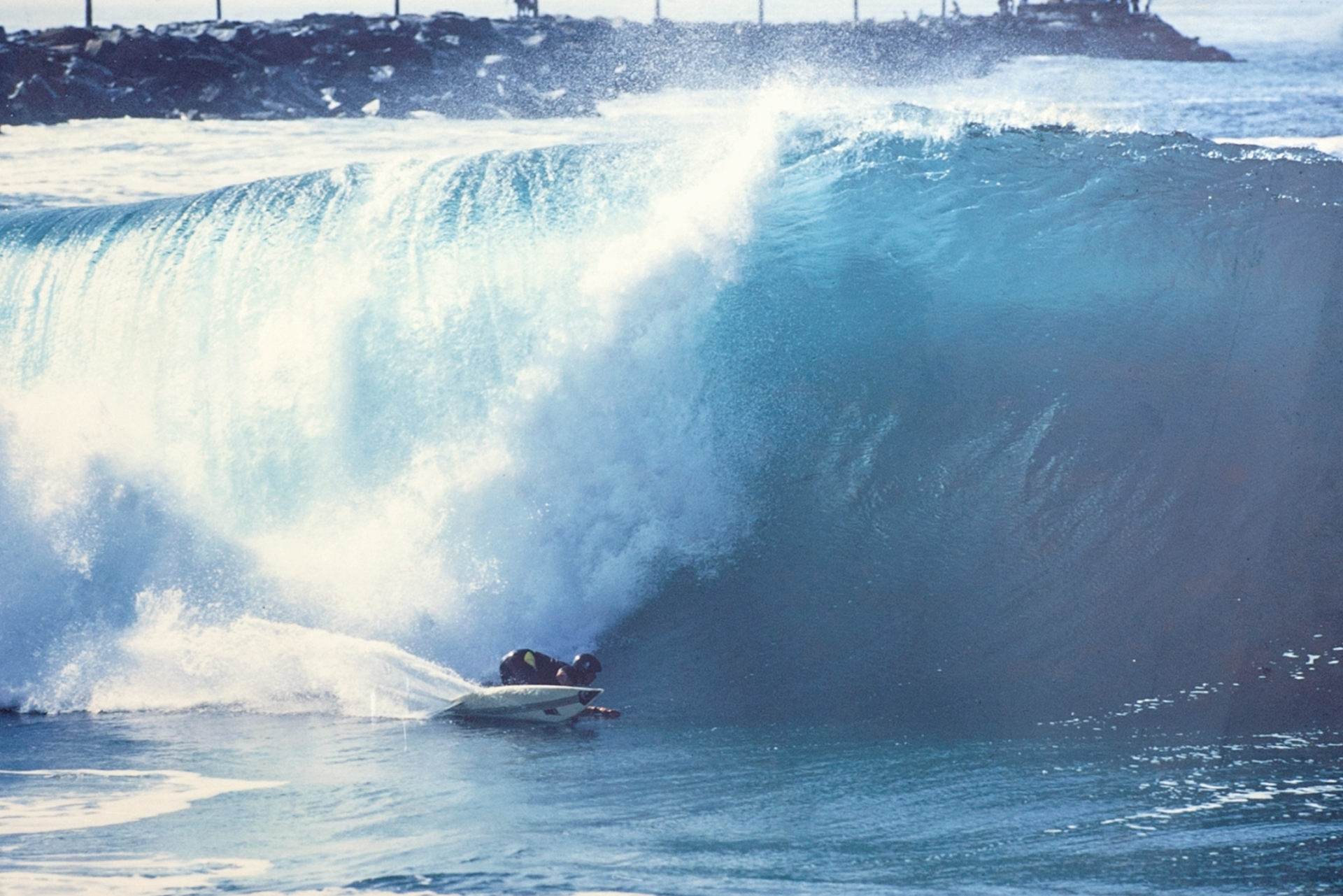
Danny at the Wedge, Newport Beach, CA
mc: Was it hard to get involved in stuff that was so outside of the surf industry at the time?
dk: Well, we were such a small, coveted industry at the time and Andy was such a visionary. He treated our crew like we were on the A-list. Me, I just wanted the food. He signed the mag and I think I threw it in the van. I didn’t care. I only kept it because our ad was in it. Then as I grew up, I started to learn about Andy and his fame in New York. I thought it was pretty rad that he was into us little surfer guys back then and wanted us to be part of his scene. I think for a while, that whole scene in New York thought surfing was pretty lame. Now, you see Chanel doing these goofy designs on boards. That’s why what you and your homies at Saturdays are doing is rad because you’re doing the New York City trip, but bringing authenticity to it.
mc: In your mind, what are a few of the defining moments in surfing?
dk: Two stand out. One was the Eddie Aikau contest. This guy, Eddie Rothman, wanted us to do this contest with Eddie Aikau, “The Duke Kahanamoku Surf Contest.” Aikau was a water man who goes out and saves lives, a guy who promoted the whole Aloha Spirit. We did it at Sunset and we brought in George Downing. He’s a legendary pioneer of big wave surfing, someone I’ve learned so much from. Starting out with those guys and watching that contest and what it’s all about with the spirit of Aloha and celebrating someone’s life—that was amazing. The whole Aikau family, there’s so much love and joy there. They’re a great contrast with the fast-growing corporate part of surfing.
mc: What’s the other one?
dk: The other memory was with Jeff Hakman. We were in Florida at this trade show. Gary Propper, the famous Florida surfer, brought these two little kid surfers over to us, Kelly Slater and Sean Slater. Kelly was like 8 or 10. Gary said: “This kid’s gonna be the next champ. One day he’s gonna be the best surfer in the world!” I couldn’t believe he said that. I looked at the kid’s smile and gave him a pair of polka dot shorts. I was looking at those huge eyes, his bright sun- burnt face. You could see the fire in his eyes. Later on I signed him a contract at Quik. He and I have been dear friends. Seeing what Kelly’s done, it’s mind-boggling. To me, it’s Duke Kahanamoku, who started surfing, and then there’s Kelly on the other end. But watching Kelly and his humility, and seeing him still so dedicated to his family, his brothers, his Floridians, his new friends on the World Wide Tour—it’s fantastic. I’m always impressed by how he keeps his balance and authenticity.
mc: Do you think the Aloha Spirit’s been lost a little bit? Did you ever think the industry would grow so big when you were groms?
dk: I always wanted it to be big, but big and better. I always knew if it became big and was giving back and doing rootsy things like Patagonia’s Ivan and the Malloy boys. They give back to the environment that they care about. The bigger these companies get, the more they can give back. I always knew it’d be big, but not this huge. As far as the Aloha Spirit, yeah its there. It’s harder to find at sea, but there’s the “Cosmic Creek Challenge” that Billabong puts on and all the funky little events. You see Donavon and Rastovich out there. All the groovy people out there like Machado, Kelly, Jack Johnson even, musician surfers spreading the Aloha love. Giving back. That’s the goodness that will never die and always will prevail. I believe that surfers deep down are all good people and they want to do the right thing.
All I wanted to do was make enough money to pay the rent, buy food and go surf. The guys told me I should learn how to work and be a part of this company.
mc: Did you want to talk about the influence of shapers, too?
dk: You know, what else pulls on my heartstrings is the time I’ve been able to spend with my shapers. The guys who shape my boards like Geoff McCoy and Lance Collins from Wave Tools and Peter Schroff. Bob Hurley. As I look back, so many of the guys with all the wisdom are the craftsmen, the shaper guys. They just wanted people to have a board to ride in the ocean with. It wasn’t for the money. I would spend time with them in the shop while they were shaping boards, before machines were used. You have to spend time talking about the wave and the ride and about what the board does and the foils and the bottom curves and the scoops and the dome decks and the concave decks, different resin jobs. Then the colors and the artists who painted the boards come in. For some reason, all of those craftsmen have left the biggest impression on me. I respect them more than anyone in the whole industry. A lot of them are great surfers. A lot of them aren’t. They were just great craftsmen.
mc: What kinds of things did they teach you?
dk: Gerry Lopez and George Downing, they’re the masters of surf metaphors. I base all of my philosophies off of theirs. Working at companies with such ethics and team spirit, paying attention to details, showing everyone respect and humility. And the persistence and humility of making ten boards in a row that don’t work before you get it right. Keep trying. Be respectful. This all happened in the shaping room. I didn’t go to school. That was my school, and they were my teachers.
mc: How do you view the surf scene on the East Coast, and in New York?
dk: So to see all of these shops, like your shop, selling all of these boards in New York. I’m thinking: “Are you kidding me?” There was a day when I would have my board in a cab in London and people would look at me like I may as well have an elephant on my back. Now, to have New Yorkers being into it and being in the water feeling those negative ions in the ocean—that can only be good. The ocean is a healing place. As surfers, that’s part of the reason we want to be around the water. I pray that the day never comes when it’s not cool to have a surfboard in your shop. Even if you sell just a few, if there’s just one in there made by a craftsman and a person who has the feel of riding the wave, then I’m down.
dk: So I want to flip this interview around. Morgan. You’re like family to me. I remember taking you guys to Eddie Aikau, to photo shoots and everything. You were always at the parties. You saw it all. Look at you now, in New York of all places. I want to know where your inspiration comes from. How did you end up in New York City from Newport Beach, opening stores and becoming a design personality?
mc: Going back to what you evolved from, coming from Hawaii to Newport Beach and being in the midst of this whole industry … you saw that something needed to be done. Whether it was starting the Eddie or working with Richard when he was starting Volcom, you have these moments where you feel that something is missing, something wants to be curated. Leaving California to go to New York, I was just curious, probably similar to you when you wanted to work with Andy and Interview. After being in New York and not working in the surf industry for a while, it kind of drew me back. When you love surfing, you want your life to revolve around it. That’s kind of how my partners and I made Saturdays.
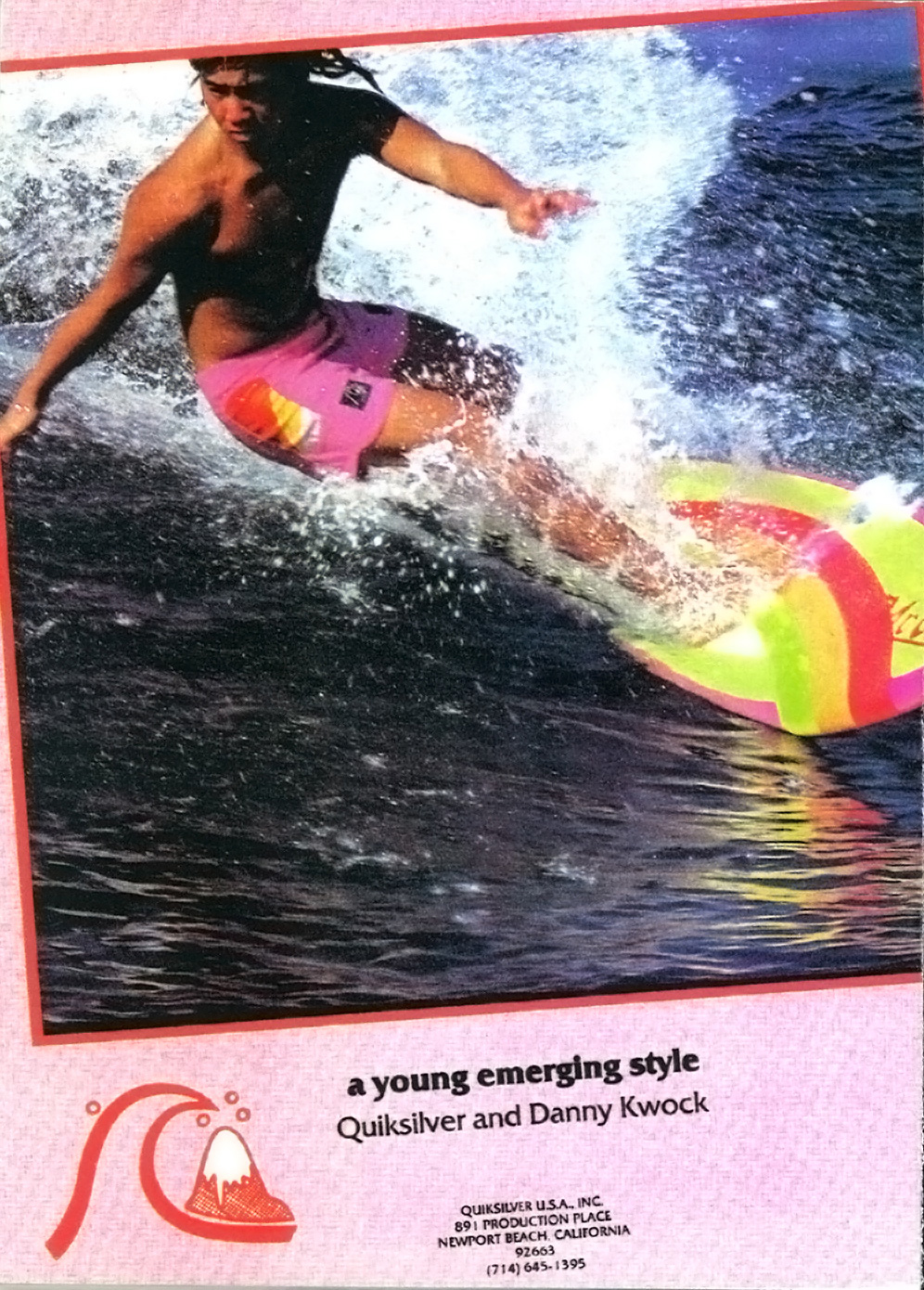
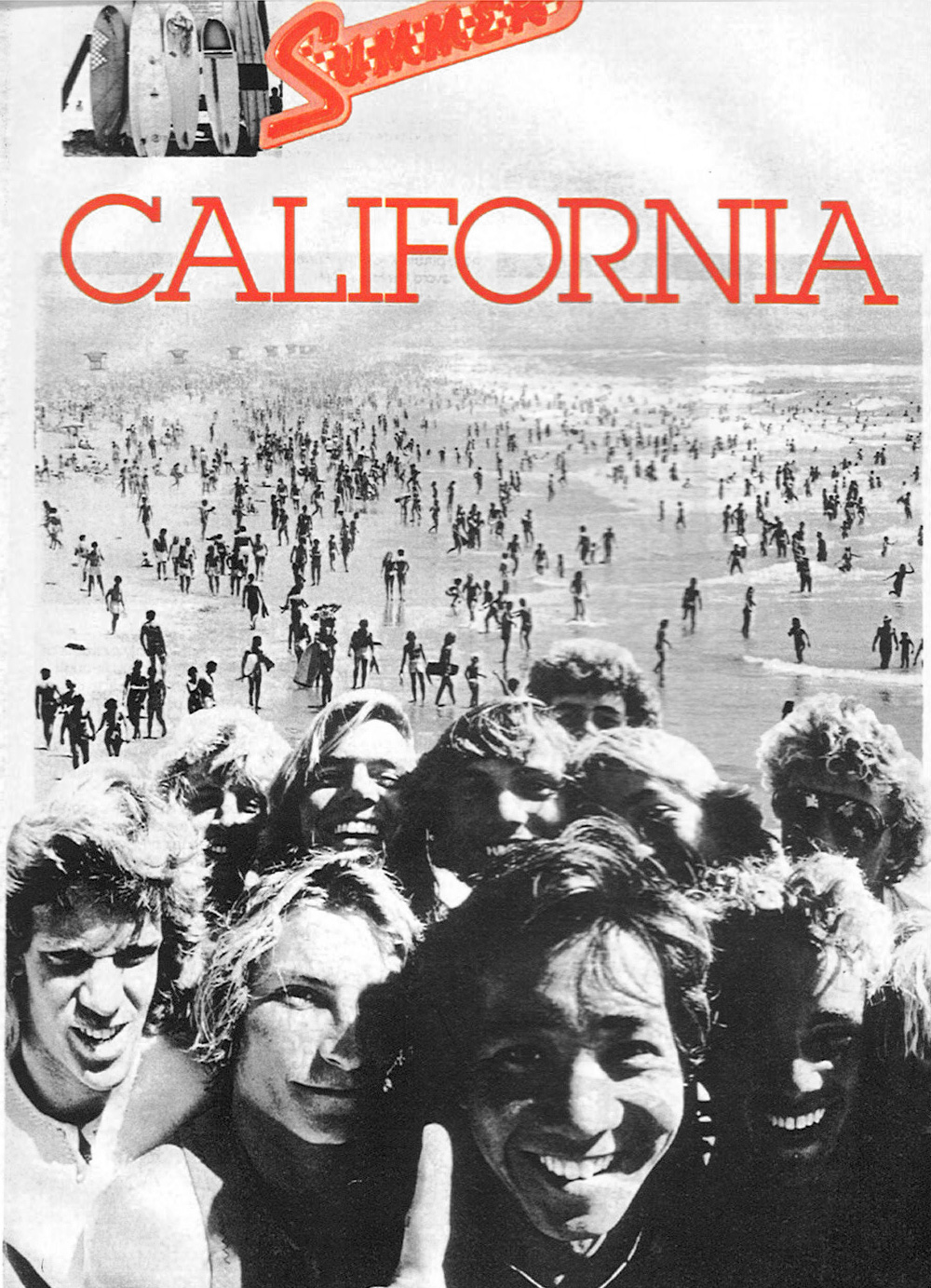
dk: Interesting.
mc: We lived in New York and we were involved in this amazing city, and the energy of it. We found places to surf that really aren’t too far away. We wanted to blend everything together. Also, knowing the surf industry, we wanted to bring something inspired by New York back to the West Coast. I remember being a grom in high school and pointing out the surf industry on the map of the United States and it’s mostly concentrated in Costa Mesa. It’s crazy. So, to be in New York City and trying to start something that kind of goes back to the West Coast from the East Coast—that was really interesting to us.
dk: How do the folks out West react?
mc: My friends from back home, and in the industry, they’re eager to hear about what’s happening in New York and these different type of ideas of creativity and culture and style, etc. Also, the guys you spoke of from that early surf era, they had incredible style. We’re trying to go back and focus on that aspect. We really had no idea that it would evolve this way. We just loved surfing and surf culture. We also loved New York City and style and fashion. We wanted to bridge it together in our way.
dk: I remember you guys as groms, your eyes were always wide open and your ears open at those parties. There was so much gnarly stuff being said at those parties! Drugs, sex and rock-and-roll.
mc: I know. It was different times too. New companies were starting. We were young. I didn’t really know anything about it. I remember being around it. It was just cool to see that whole expansion.
dk: Tell me about when Danny (Fuller) won your surf contest out here. I was so stoked to hear that.
mc: It was the best wave, an hour contest. There were street rules out at Rockaway Beach. It was rad thinking back to when we were groms going with you to the North Shore. I remember paddling out at Boneyards with Danny. We were both the same age. We were all super young. I was just petrified out there, and he was just pulling into the next wave. I have this vision of him, looking over the ledge, and he’s fully committed, deep in this crazy closeout.
dk: Your mom sent me pictures of you and your brother surfing at the Wedge. I would never even go out there again. It’s so gnarly. Even when I took Kelly, he got pitched. He was ripping and then I hear Jamie O’Brien out there. It’s just charging. It’s going off. I remember when you guys were just these little groms doing ollies in the streets, learning how to snowboard. I think I even gave you some of my Al Merricks and my hand-me-downs so you guys could start ripping. Even your sister rips. It’s so cool to see your whole family out there. I think you just have this stoke and fire in your eyes. To me, if you have that authenticity and the stoke and fire in the eyes, you’re already successful. That’s why I truly believe in the spirit of Saturdays, and the dream you guys have.
mc: You probably heard that from Woolcott when he wanted to found Volcom.
dk: I never take anybody’s dream lightly. If it comes out of your heart and your eyes, then you’re doing it for a bigger and greater cause than just wanting to make a buck. You’re doing it because you love it. To me, if you’re doing that and you become successful in a monetary way, then good on you. People can share their success with others and give back and always provide good creativity and products for those people that they love, the surfing community. Like you said, you guys are doing it and thinking differently. That’s such a great thing for youngsters to see. Other kids that just don’t want to follow the normal path and want to do something that they love—you guys are a case study.■
